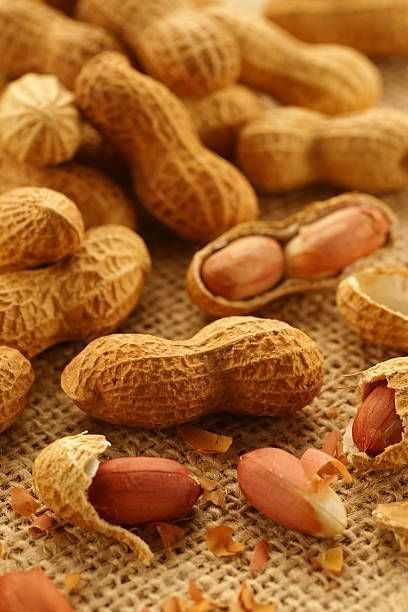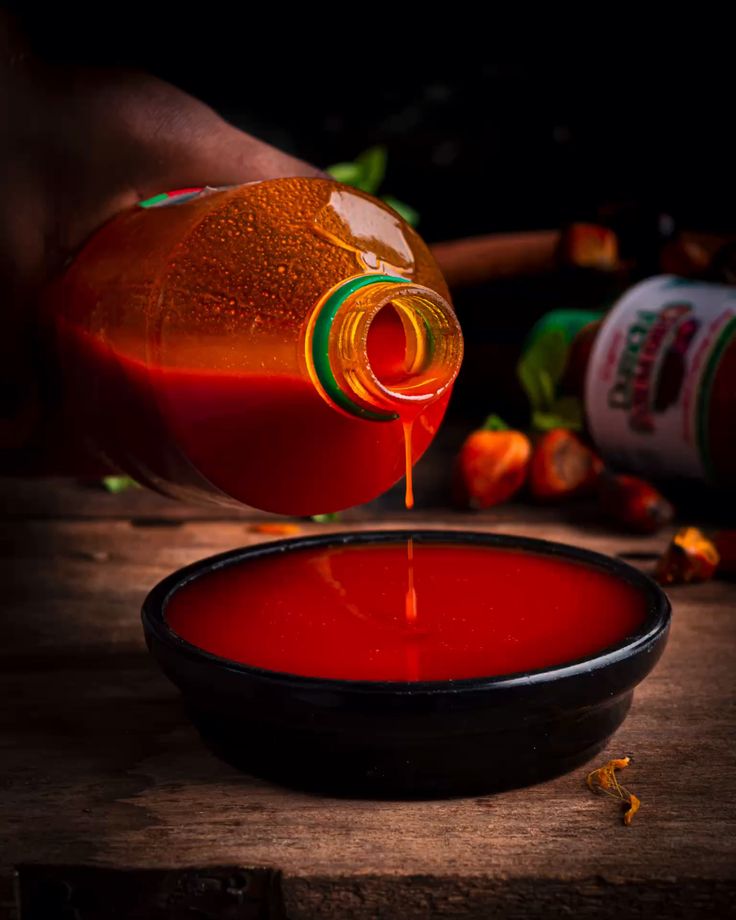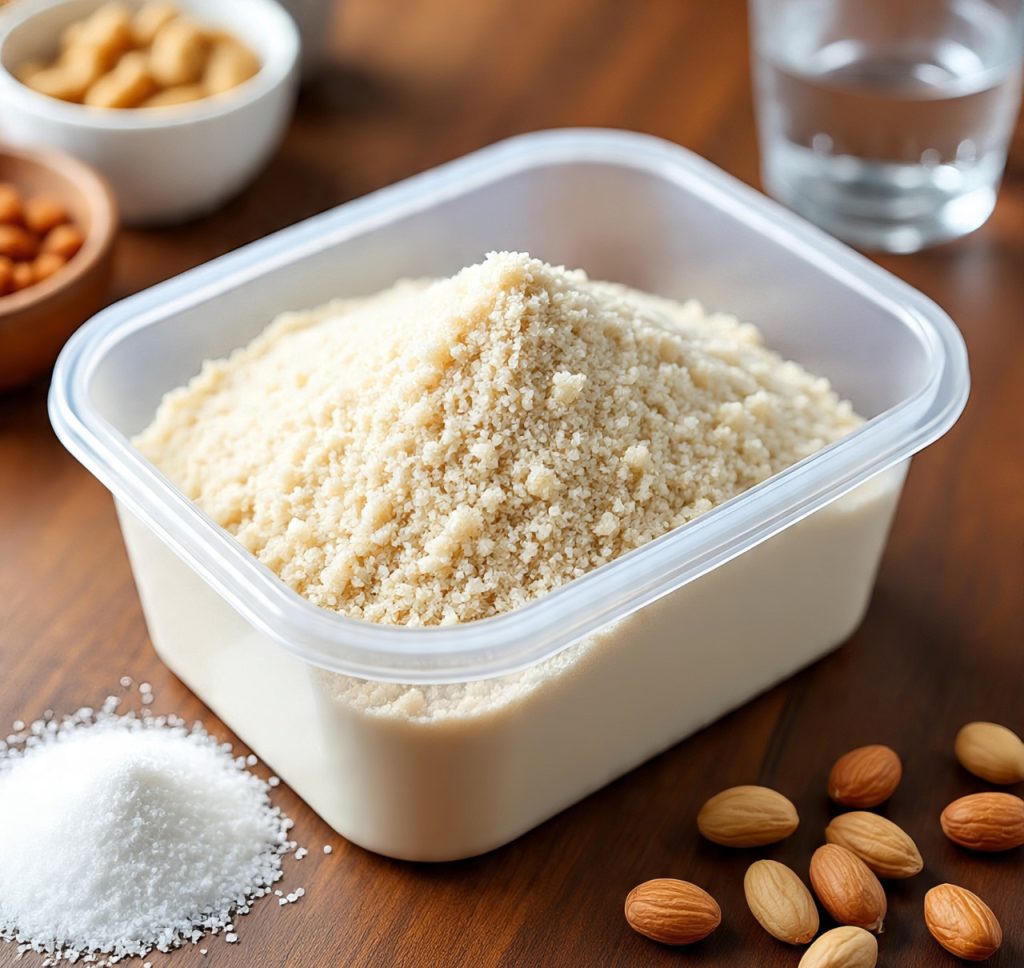Yam flour is a finely milled powder made from dried yam tubers, primarily white yam (Dioscorea rotundata). It is a staple in African cuisine and is increasingly popular among diaspora communities and international food lovers seeking authentic, natural, and gluten-free products.
It is best known for making Amala, a traditional swallow dish, but it also has diverse applications in baking and specialty cooking.
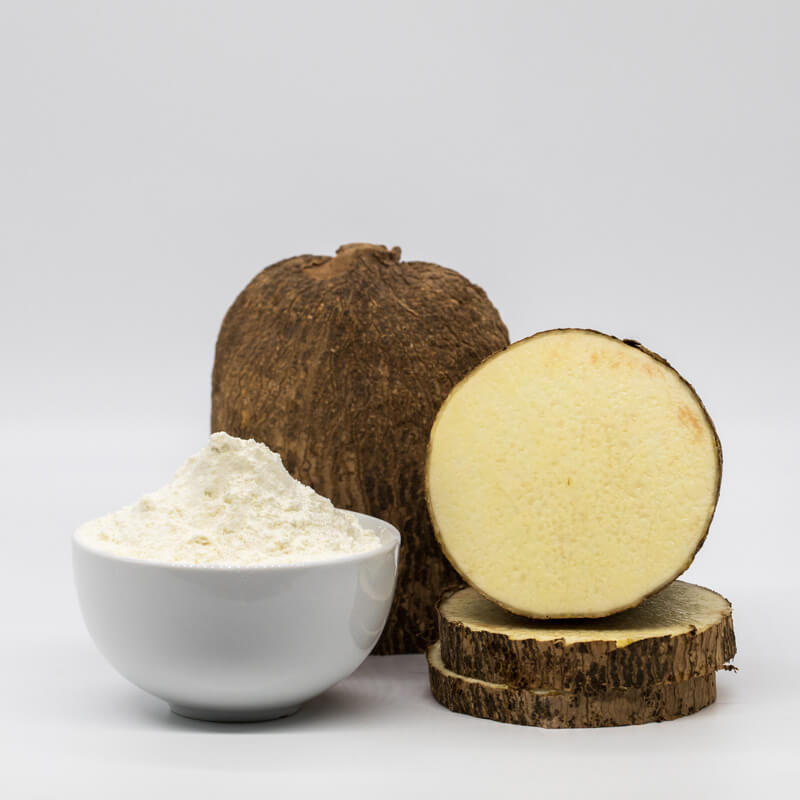
Why Yam Flour is in High Demand
-
Cultural Staple – Essential in African households and restaurants abroad.
-
Gluten-Free – Ideal for consumers with wheat intolerance.
-
Nutrient-Dense – Rich in complex carbohydrates, fiber, and vitamins.
-
Long Shelf Life – Retains quality for months when properly stored.
-
Convenience – Saves buyers the labor of peeling, drying, and pounding yams.
Common Uses of Yam Flour
-
Traditional Meals – Prepared into Amala and served with a variety of soups.
-
Baking – Used in bread, pancakes, and pastries.
-
Thickening Agent – Enhances soups and sauces.
-
Innovative Dishes – Incorporated into gluten-free recipes.
Popular Export Types of Yam Flour
-
Pure White Yam Flour – 100% premium white yam.
-
Yellow Yam Flour – Slightly sweeter with a rich flavor.
-
Mixed Yam Flour – Blended with plantain flour or cassava flour.
-
Fortified Yam Flour – Enriched with vitamins and minerals.
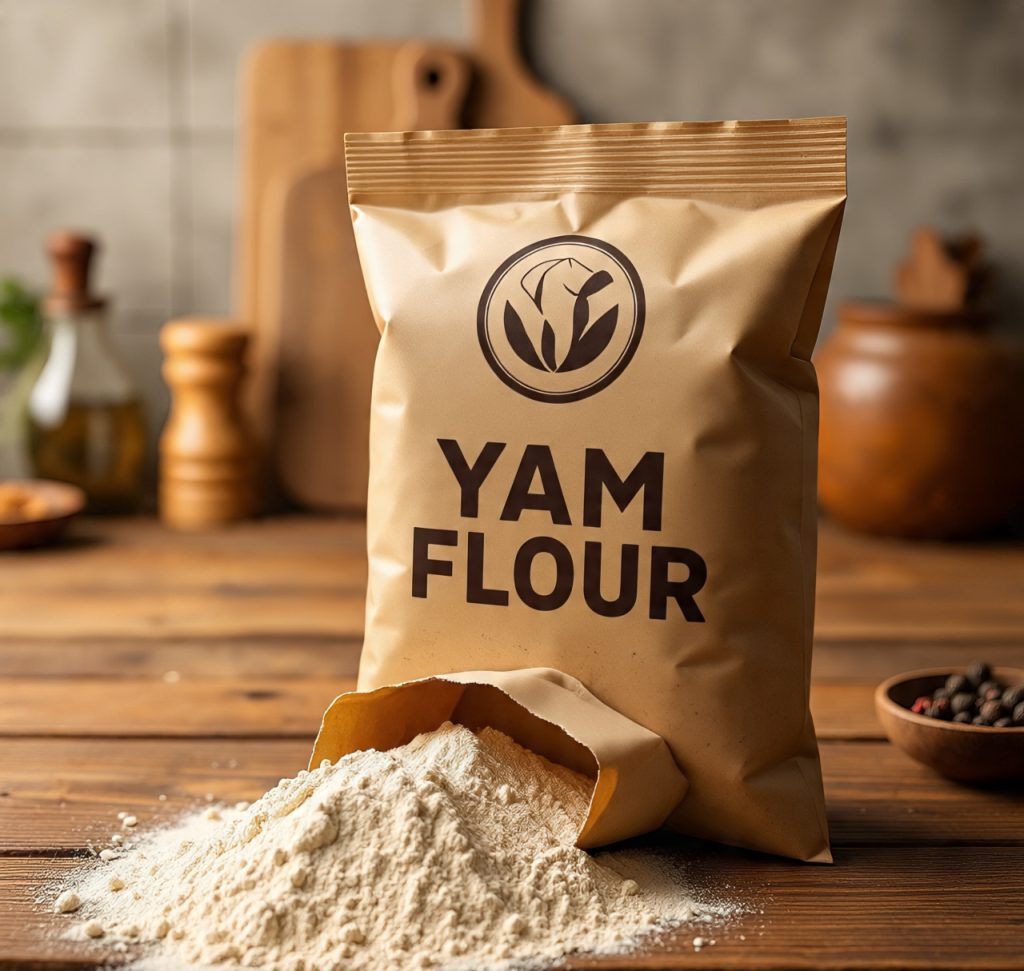
Major Importing Markets
-
North America – USA, Canada (African grocery stores, specialty supermarkets).
-
Europe – UK, Germany, Netherlands, France (ethnic and diaspora markets).
-
Middle East – UAE, Saudi Arabia, Qatar (restaurants and retail).
-
Asia-Pacific – Australia, Singapore, Malaysia (specialty food suppliers).
Export Processing Steps
-
Selection – Choosing mature, healthy yams.
-
Washing & Peeling – Removing dirt and outer skin.
-
Slicing & Drying – Reducing moisture for preservation.
-
Milling – Grinding into fine powder.
-
Sieving – Achieving smooth, uniform texture.
-
Packaging – Using moisture-proof, export-grade materials.
Quality Standards & Export Requirements
-
Moisture Content – Below 12% to prevent spoilage.
-
Hygiene Compliance – Processing under HACCP and ISO guidelines.
-
Nutritional Labeling – As per importing country regulations.
-
Pesticide-Free Certification – Increases acceptance in European and US markets.
Why Yam Flour Export is Profitable
-
High Retail Value Abroad – Can sell for 3–5x local market price.
-
Consistent Demand – Driven by African diaspora communities worldwide.
-
Bulk Shipping Advantage – Long shelf life allows large-volume exports.
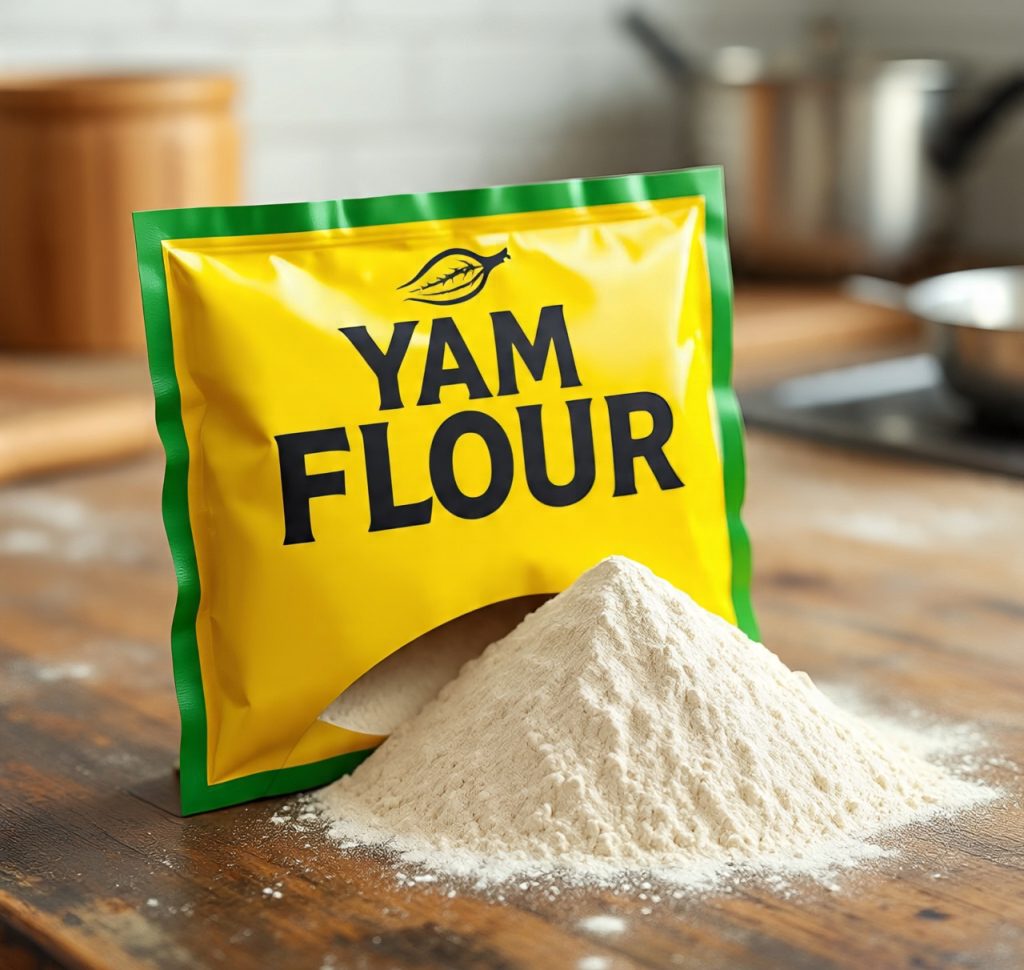
IMEN GREEN GLOBAL LIMITED Advantage
We supply premium yam flour made from freshly harvested yams, processed under strict quality control to preserve flavor, texture, and nutrition.
We offer:
-
Bulk & Retail Packaging.
-
Organic & Fortified Options.
-
Custom Branding for International Buyers.
-
Worldwide Delivery via Reliable Logistics Partners.
Conclusion:
Yam flour is a nutritious, culturally significant, and high-demand product in international markets. Exporters who maintain quality, proper packaging, and efficient logistics can establish a strong presence in both diaspora and gourmet food markets.




